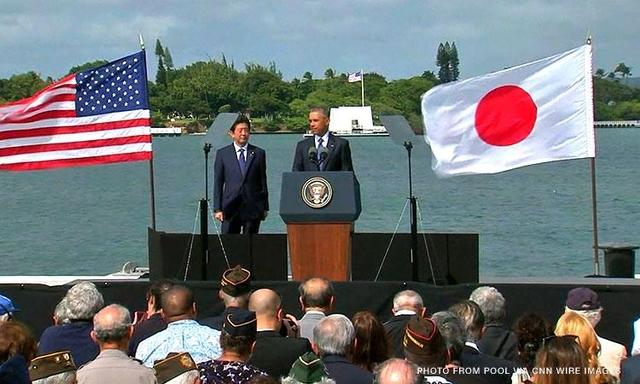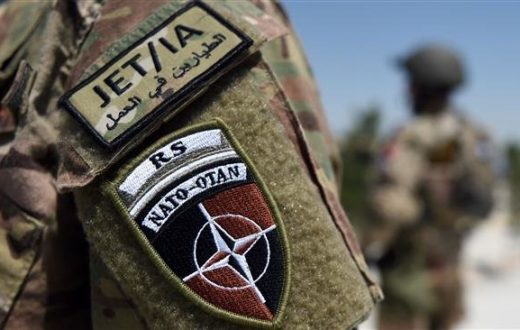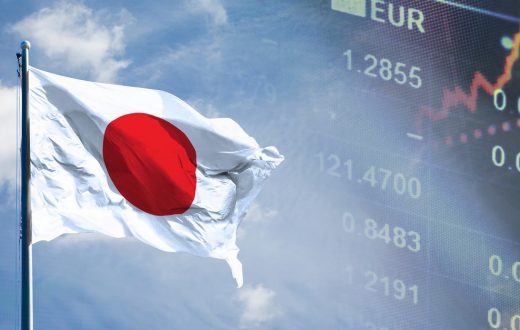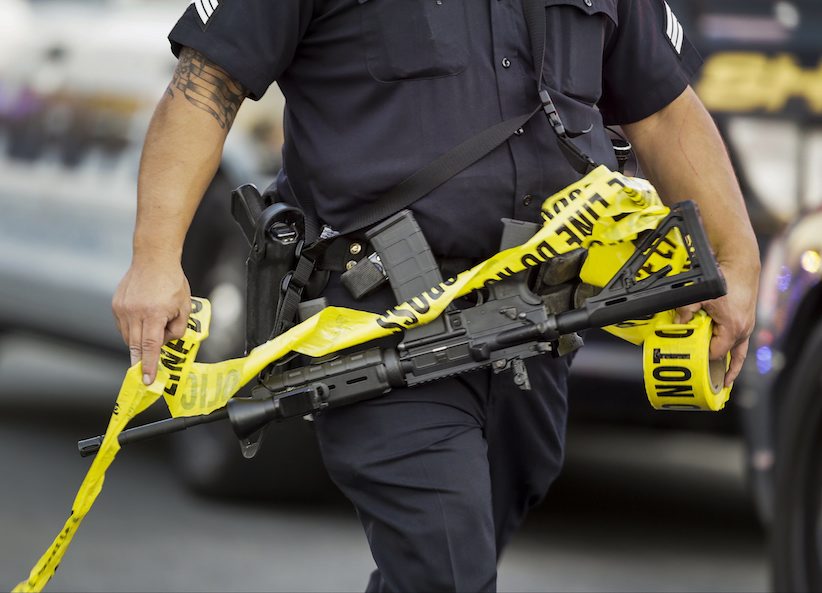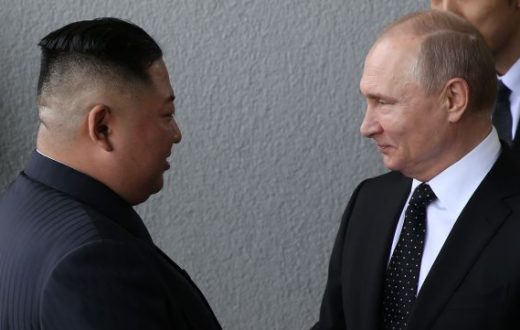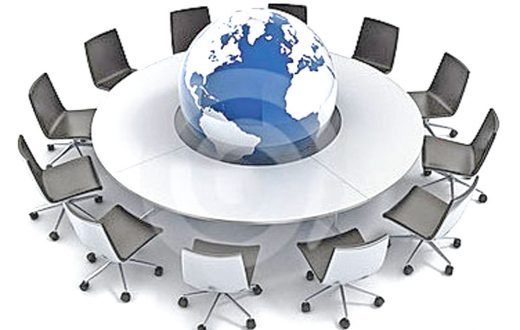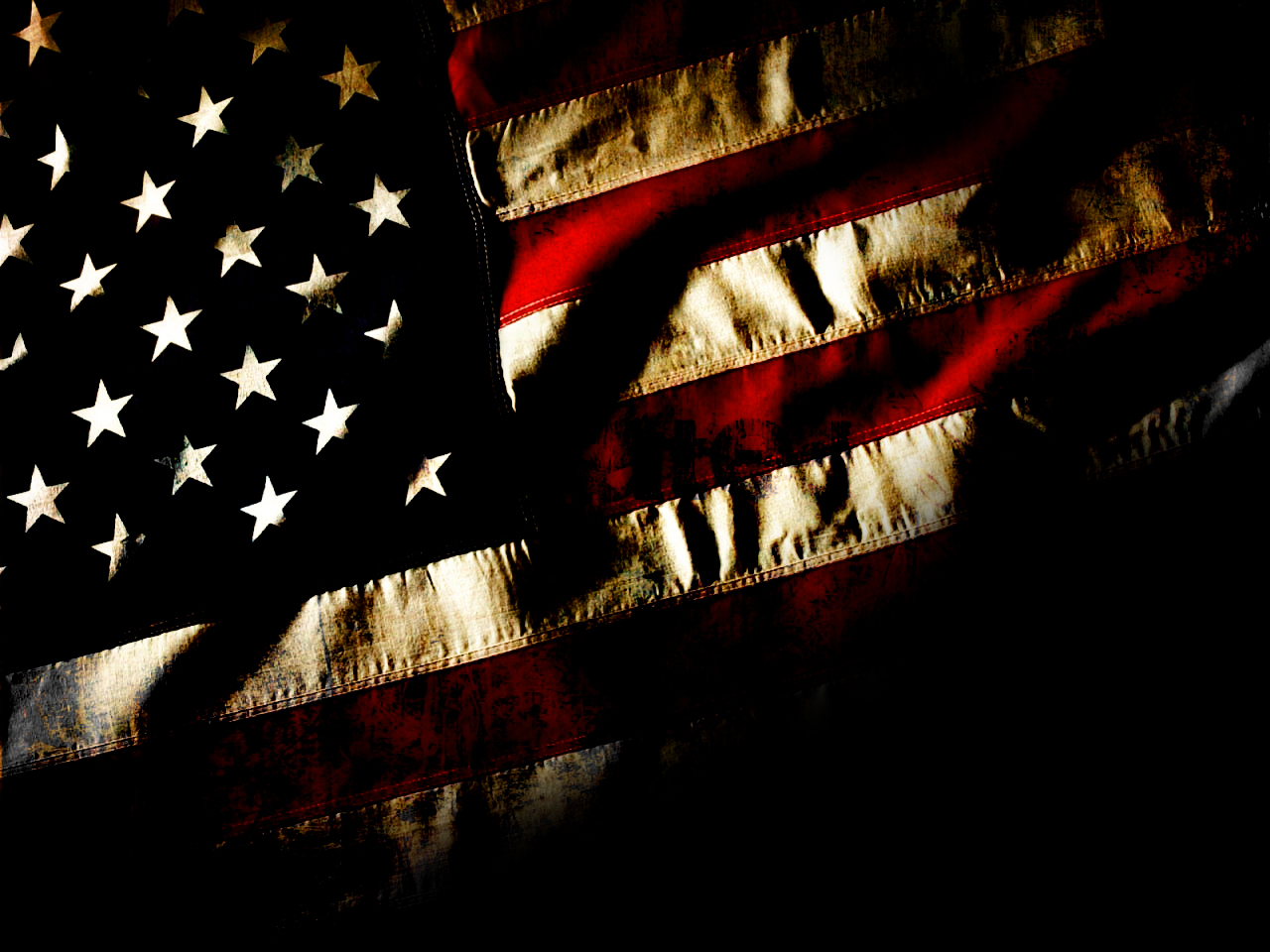For the past seven decades, American and Japanese leaders have avoided visiting Pearl Harbor together. But today, Shinzo Abe, together with president Obama, will go. They will visit the USS Arizona Memorial, a graceful white structure arching over the sunken wreckage of the ship of that name, which during the bombings of Dec. 7, 1941 convulsed in flames to slide into the waters of the lagoon. Whereas for decades the two countries averted their gazes from their status as enemies during World War II, this visit marks the latest of a series of recent gestures to jointly remember and mourn their wartime past.
“I would like to send a message of reconciliation between Japan and the US,” said Abe when he announced his intention to visit. Obama praised the event as a chance to celebrate “an alliance unimaginable 75 years ago.” Unimaginable indeed. In the early nineteen-fifties, two governments locked in mutual distrust stood together in a marriage arranged by a glowering Soviet matchmaker. Alliance with the United States offered Tokyo the possibility to rebuild and recover from its crushing defeat; to avoid high military budgets, and to reduce the political influence of the military, whom many viewed bitterly as having brought the country to ruin. From Washington’s point of view, the alliance would get Japan out of the conquering-East-Asia business, and offered, as prime minister Yasuhiro Nakasone once said, “an unsinkable aircraft carrier” floating off of the coast of the Soviet Union.
But the United States and Japan were distant and, except for having learned to hate each other in recent years, unfamiliar. Devastating memories of burning ships, bombed cities, and corpse-strewn beaches created an awkward wedge between them. But two pragmatic governments turned to managing the challenges of the Cold War, and let the past sink to the bottom.
For years there it lay, outlines only just visible, occasionally leaking an oily trail to the surface. In 1954, outrage rocked a still-mourning nation when a US nuclear test in the Marshall Islands accidentally irradiated the crew and catch of a Japanese fishing vessel, causing a national food crisis when the contaminated fish spread around Japan.
The past surfaced when Japanese prime ministers occasionally paid their respects at Yasukuni Shrine. Said to contain the souls of the war dead, the shrine honors not only ordinary Japanese who died for their country, but also the men convicted of war crimes in the Tokyo Trials. As Japanese leaders clap and bow at the shrine, American veterans and POWs, haunted by memories of torture and murdered comrades shake with anger: joined by many in East Asia who decry the reverence toward the architects of a brutal war.
The past rose to the surface when, in 1988, the US government issued an apology and reparations to Japanese-Americans who during the war–viewed as potential spies and a traitorous fifth column–had been rounded up and imprisoned in camps. After years of obscurity, their suffering and stories became part of the history of the war, and part of the story of US-Japan relations.
In 1994 the past surfaced again when the US Postal Service issued stamps to honor the fiftieth anniversary of World War II’s end. Under a picture of a mushroom cloud, the stamp proclaimed: “Atomic bombs hasten the war’s end, August, 1945.” Japan is shocked. “We want (the United States to realize),” said Chief Cabinet Secretary Kozo Igarashi, “that pain exists deep in the hearts of the Japanese people.”
But for the most part the waters stayed calm, and the two countries proceeded with the business of alliance. On both sides diplomats became alliance managers, and trust deepened. Years of working and drinking together transformed “the Ministry of Foreign Affairs delegate” and “the Air Force liaison” into Hiro and Jake. The Soviets vanquished, the allies continued to rely on each other as vital partners. The two countries experienced 9/11 and 3/11 (Japan’s tsunami and nuclear disaster) as shared tragedies.
Ordinary people connected too. Marriages, families abounded. Businesspeople, educators, artists, scientists flowed back and forth. Thick ties now enrich both countries in every imaginable realm. Americans bite worshipfully into fatty tuna; as the Nobels approach, the tweed set debates whether it’s novelist Haruki Murakami’s year; fans in both countries cheer Dice-K Dice-K!, as he and other Japanese athletes populate Major League Baseball.
Still, the past lay in wait. The two countries mourned separately: separate heroes and separate stories. Time passed over anniversaries. Tomohiko Taniguchi, an advisor to Abe, recalls a famous haiku: “Cometh August again, there’s the sixth and the ninth, and the fifteenth again.” Hiroshima, Nagasaki, the surrender. As the anniversaries went by, Taniguchi notes, the Japanese people “silently buried their pain,” keeping their emotions “under tight control.”
When, under the leadership of Abe and Obama, the two countries began to remember the past together, such emotions might have exploded. Obama broke with tradition when, starting in 2010, he began sending ambassadors (John Roos, then Caroline Kennedy) to the annual Aug. 6 ceremonies at Hiroshima—ceremonies that American officials had never before attended.
Then, in 2015, Shinzo Abe delivered an address to a joint session of congress and visited the World War II memorial in Washington, DC. He called the memorial “a proud symbol of the sacrifices in defending freedom,” for though they were enemies then, the two countries today could unite around their shared liberal values. Abe said that the memorial also symbolized “the pain, sorrow, and love for family of young Americans who otherwise would have lived happy lives.” Reflecting upon their “lost dreams and lost futures,” Abe said, “on behalf of Japan and the Japanese people, I offer with profound respect my eternal condolences to the souls of all American people that were lost during World War II.”
It was a risk to exhume something long buried: something accustomed to darkness. The risk grew as Obama announced that he would become the first sitting US president to visit Hiroshima in May 2016. Would angry Japanese demand apologies? Would Americans lash back with “you hit us firsts” and “you had it comings?” Alliance managers tensed. With North Korea improving its nuclear capabilities, with China militarizing islands in the South China Sea and menacing islands claimed by Japan, the allies needed unity, not division.
Obama’s visit to Hiroshima did stir emotions. Many Japanese people were delighted, and accepted the president’s statement that he would not apologize for the bombings. The visit unfolded in triumph, as one of America’s most gifted orators voiced a history about which leaders had long been silent. “We come to mourn the dead,” Obama said. “We stand here in the middle of this city and force ourselves to imagine the moment the bomb fell. We force ourselves to feel the dread of children confused by what they see. We listen to a silent cry.”
The president said, “Mere words cannot give voice to such suffering. But we have a shared responsibility to look directly into the eye of history and ask what we must do differently to curb such suffering again.” The president’s visit dominated Japanese headlines for weeks; polls reported that 98% of Japanese people viewed the visit favorably.
Then in August, Akie Abe, wife of the prime minister, quietly visited Pearl Harbor. She posted on Facebook a photo of her meeting a survivor of the bombing, and bowing before the names etched in marble on the wall of the Arizona Memorial. Speculation murmured across the Pacific: would Abe follow?
As it turns out, yes. The Japanese prime minister and the American president, who so successfully raised the past in Hiroshima, will visit Pearl Harbor and gaze at the USS Arizona, where many of the 1,177 men who died on the ship remain entombed. Abe, like Obama, announced his intent not to give an apology. Rather, as chief cabinet secretary Yoshihide Suga described, Abe will honor the war dead on both sides, send a message that the “calamity of war must never be repeated,” and emphasize “the value of reconciliation” between Japan and the United States. Given that this approach was warmly welcomed before in both Washington and Hiroshima, Abe’s visit to Pearl Harbor will likely be another positive milestone. The past still lies deep down, lodged in mud, with crevices that may never be explored. But sturdy friends have begun to regard it together.
Written by Jennifer Lind Associate professor of government, Dartmouth College
The Original Article was published on qz.com and can be found on this link.

